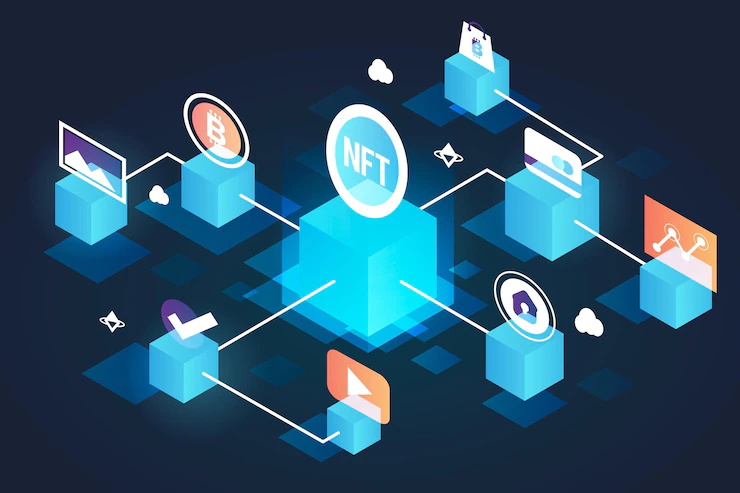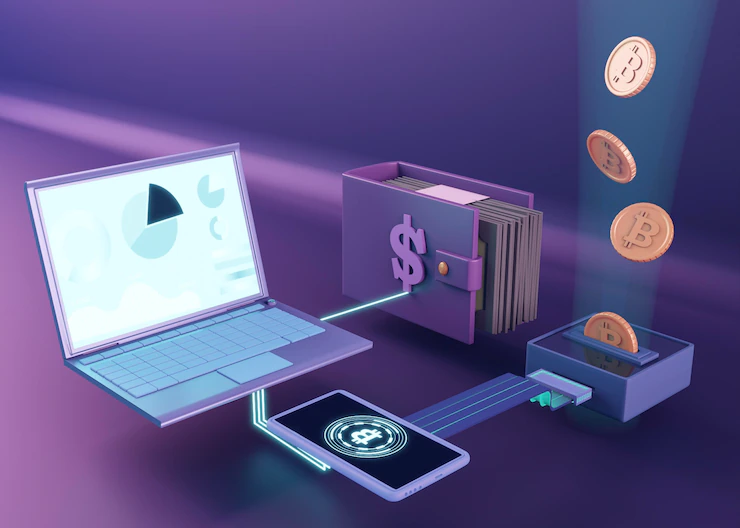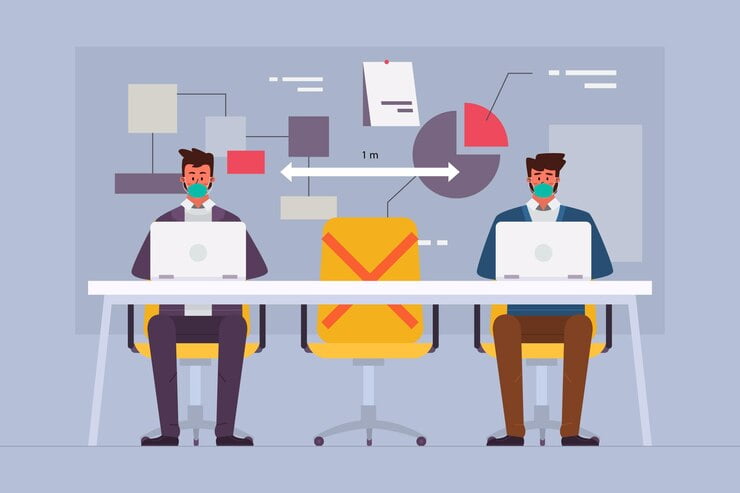What are Web 2.0 and Web 3.0?
The World Wide Web, often referred to simply as the “web,” has undergone several evolutions since its creation in 1989. The first generation of the web, referred to as Web 1.0, was primarily a collection of static HTML pages that were created and maintained by a small group of experts. This early version of the web was not interactive and did not allow for much user engagement.
Web 2.0 refers to the second generation of the World Wide Web, which emerged in the early 2000s. It is characterized by the rise of social media, user-generated content, and the ability to collaborate and share information online. Web 2.0 platforms, such as Facebook, Twitter, and YouTube, have changed the way we communicate and consume information, allowing us to share our thoughts and experiences with a global audience.
Web 3.0 is the next evolution of the web, and it is often referred to as the “Semantic Web”. It is based on the idea of making the web more intelligent and intuitive, by adding a layer of meaning to the data that is available online. This will allow machines to understand the context and intent of the information, making it more accessible and useful for users.
Defining features of Web 3.0
One of the defining features of Web 3.0 is the level of interactivity and personalization. While Web 2.0 platforms allow users to interact and share information, Web 3.0 will allow for a more personalized and immersive experience. With the use of technologies such as Artificial Intelligence, machine learning and natural language processing, the web will become more intuitive and responsive to the user’s needs and preferences.
Another key feature of Web 3.0 is the decentralization of the web. Web 2.0 platforms are centralized, which means that a small number of companies control the majority of the data and information.
Additionally, Web 3.0 will introduce a new level of automation in the web. With the advancements in AI and machine learning, Web 3.0 will be able to understand and process information in a way that is similar to human understanding. This will make the web more efficient and will lead to new opportunities for automation and personalization.
Potential and Pitfalls of Web 3.0
The potential benefits of Web 3.0 are many. The web will become more intelligent, personalized, and decentralized, making it more accessible and useful for users. The increased level of automation will lead to new opportunities for businesses and will make it easier for people to access and use the web.
However, there are also potential pitfalls to consider. The increased personalization and automation of the web may lead to an increased level of surveillance and control. Additionally, the decentralization of the web may lead to a lack of oversight and regulation, which could lead to negative consequences such as the spread of misinformation.
The Bottom Line
In conclusion, the transition from Web 2.0 to Web 3.0 will bring about significant changes to the way we interact and consume information online. The web will become more intelligent, personalized, and decentralized, making it more accessible and useful for users. While there are still many questions to be answered and challenges to be faced, the potential benefits of this transition make it an exciting time for the future of the web.
The Web 3.0 paradigm shift aims to provide a more immersive experience for users, increasing personalization and interactivity, and promoting decentralization and automation. The introduction of blockchain technology and AI will make the web more efficient, secure, and transparent, giving users control over their data, and providing new opportunities for businesses.



